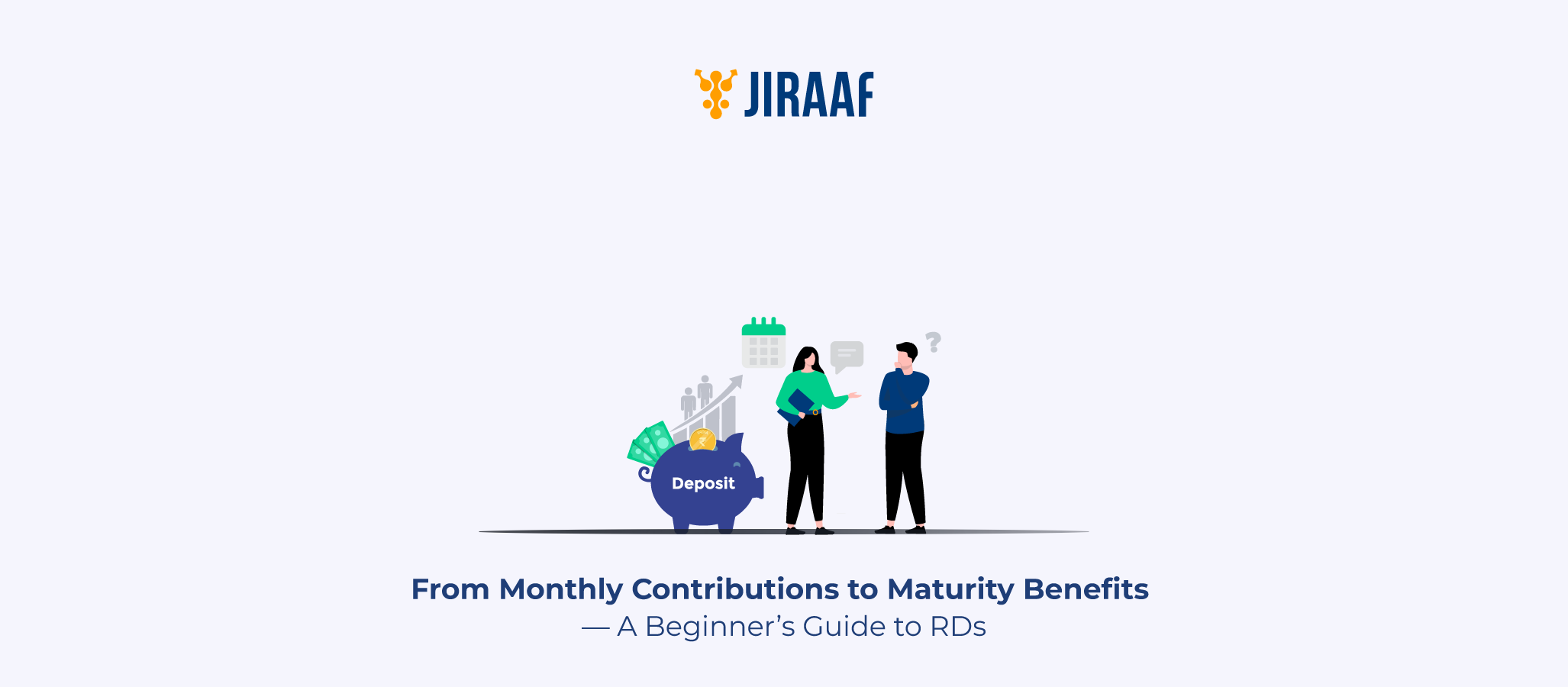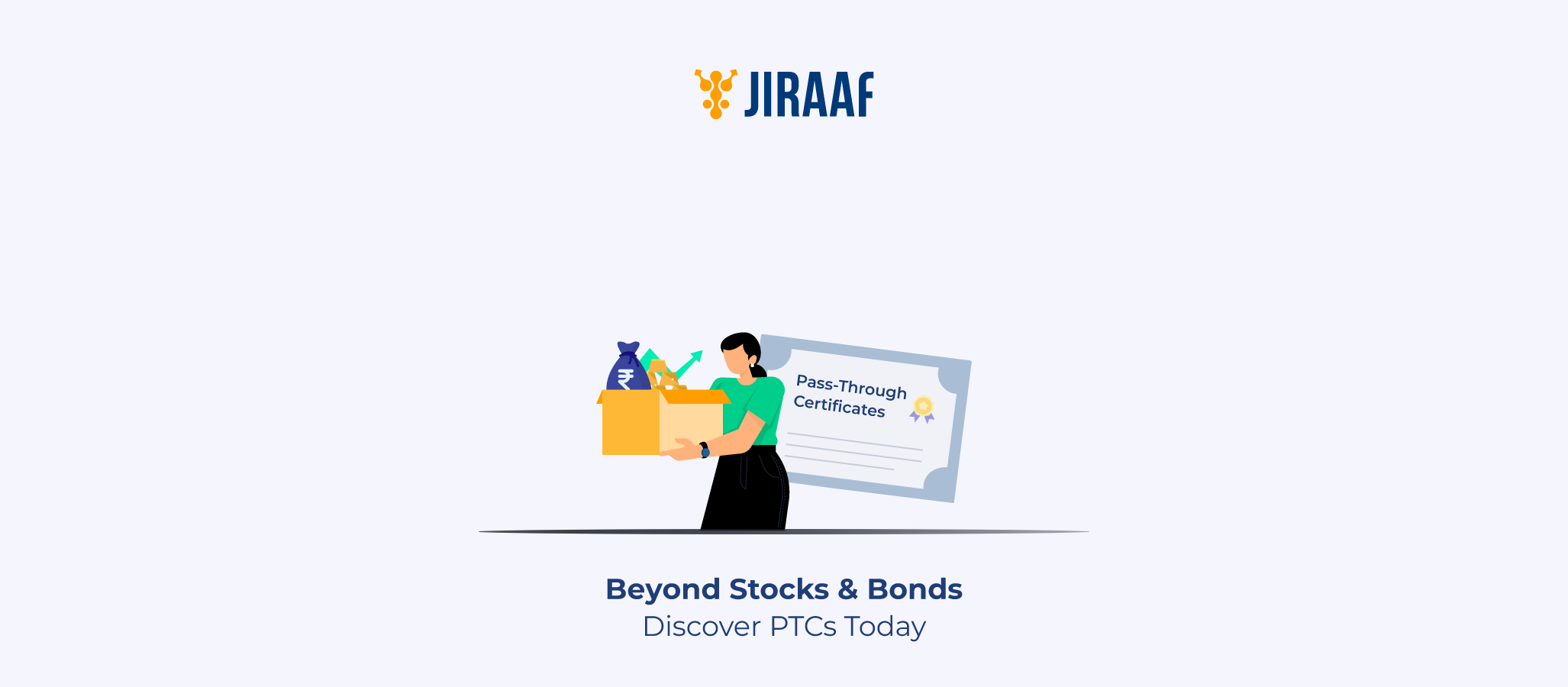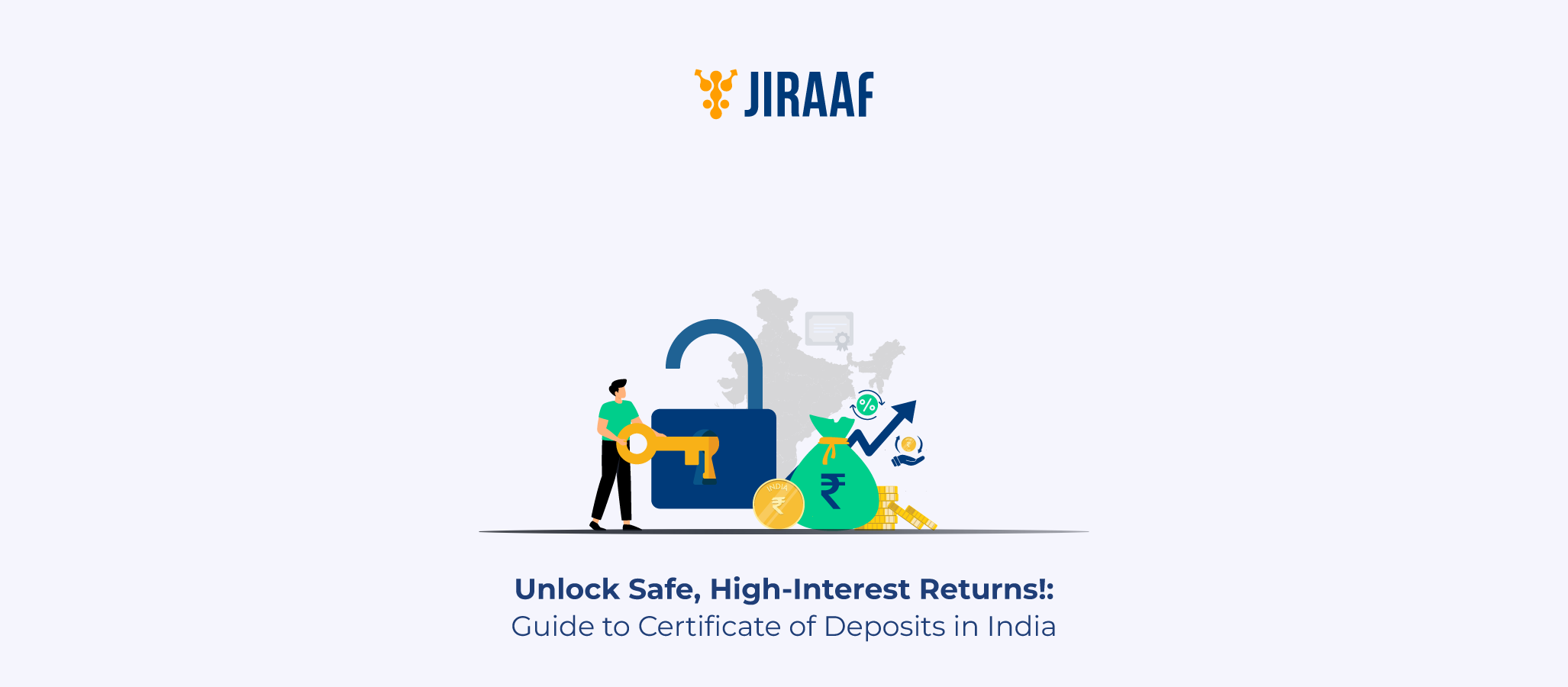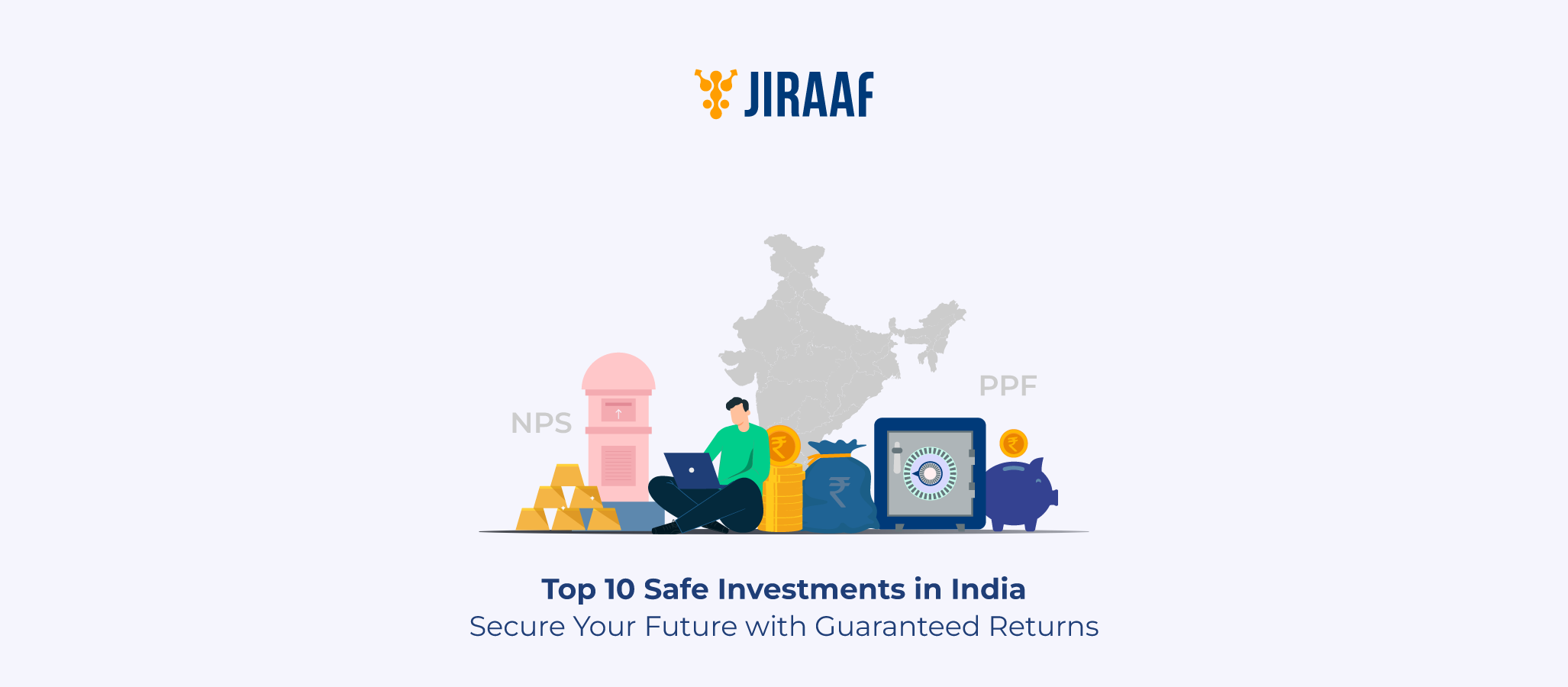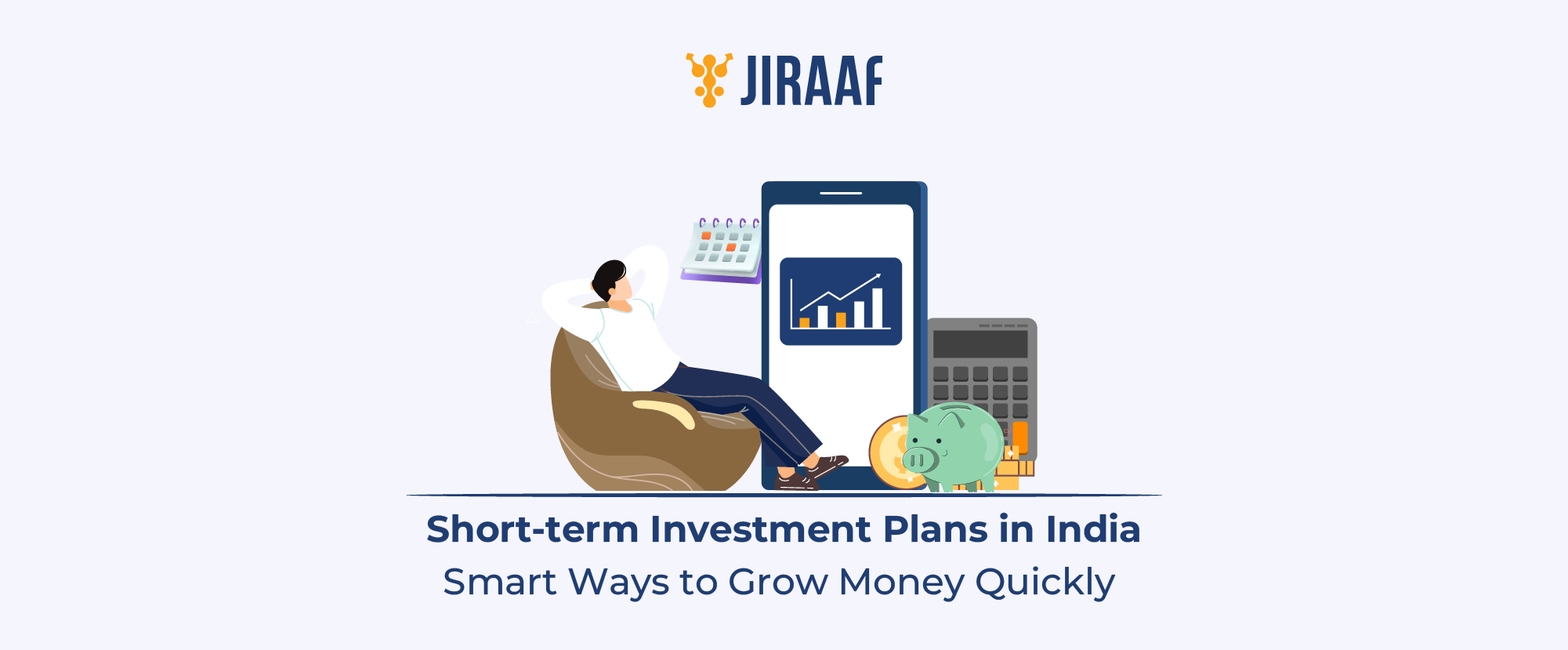Developing the habit of regular saving is fundamental to building financial security. A Recurring Deposit (RD) is a structured savings option designed to promote consistency in savings by allowing individuals to deposit a fixed amount each month. It is a low-risk, interest-bearing product that caters to a broad range of individuals, from students to retirees. This guide breaks down the essentials of recurring deposits, including their structure, types, interest calculation, tax aspects, and overall benefits.
Recurring Deposit Meaning and How It Works
A Recurring Deposit is a savings instrument where individuals invest a fixed sum every month over a predetermined period. The financial institution pays interest on these contributions, which is compounded quarterly and paid out with the principal at maturity.
What is a Recurring Deposit?
Simply put, a recurring deposit is a time-bound savings plan with a fixed monthly contribution and a guaranteed rate of return. It combines features of a savings account and a fixed deposit, making it ideal for those looking to grow their savings gradually without exposure to market volatility.
How Does a Recurring Deposit Work?
The functioning of an RD involves the following steps:
- Decide on the monthly deposit amount (e.g., ₹500, ₹1,000, etc.)
- Select a tenure ranging from 6 months to 10 years
- Make monthly deposits through auto-debit or manual transactions
- Earn quarterly compounded interest on cumulative deposits
- Receive maturity proceeds consisting of principal and interest
The interest rate remains consistent for the entire duration and generally aligns with fixed deposit rates offered by the bank.
Types of Recurring Deposit Accounts in India
Financial institutions offer various types of recurring deposit accounts tailored to meet the needs of different customer segments:
Regular RD Account
This is the most commonly offered RD account. It is ideal for individuals with a stable monthly income, such as salaried employees, students with allowances, or homemakers managing household budgets. The account requires a fixed monthly contribution for a specified period, with interest credited on maturity.
RD for Minors
Designed to inculcate a habit of saving among children, this account can be opened by parents or legal guardians on behalf of minors. It helps accumulate a corpus over time, which can be used for education, extracurricular activities, or other long-term goals.
Senior Citizen RD
Catering specifically to individuals aged 60 and above, these accounts often provide a higher rate of interest compared to regular RDs. It offers a safe investment route for retirees who prioritize capital protection along with moderate returns.
Flexi RD Account
Flexi RD accounts offer greater flexibility by allowing depositors to contribute varying amounts each month, subject to a minimum value. These are especially beneficial for self-employed individuals, freelancers, or gig workers with irregular income patterns.
Each RD type is structured to suit different saving behaviors, ensuring there’s a suitable option for nearly every kind of investor.
How to Calculate Recurring Deposit Interest
Interest on RDs is compounded quarterly, making the calculation a bit more complex than simple interest products. The formula used is:
RD Interest Calculation Formula:
A = P × (n(n + 1)/2) × (r/400)
Where:
- A = Interest amount
- P = Monthly installment
- n = Number of months
- r = Annual interest rate
Example:
If you invest ₹2,000 monthly for 12 months at 6.5% interest:
A = 2000 × (12×13/2) × (6.5/400) ≈ ₹827
Total maturity = ₹24,000 (deposits) + ₹827 (interest) = ₹24,827
Several banks and financial websites provide RD calculators to simplify this computation.
Advantages and Benefits of Recurring Deposits
Recurring Deposits come with multiple features and benefits that make them an attractive option for individuals at various stages of financial planning:
1. Cultivates Financial Discipline
RDs promote consistent saving habits by requiring monthly contributions. This ensures that individuals set aside a portion of their income regularly, supporting long-term financial planning.
2. Predictable and Risk-Free Returns
Since the interest rate is fixed at the time of opening the RD, there is no risk of market volatility. The depositor knows the exact maturity amount in advance, which makes it suitable for risk-averse investors.
3. Low Minimum Investment
Most banks allow RD accounts to be opened with a small deposit, typically starting at ₹100 or ₹500. This makes it accessible to a wide demographic, including students and low-income earners.
4. Loan Facility Against RD
In case of urgent financial requirements, depositors can avail loans or overdrafts against their RD balance. This helps maintain liquidity without having to break the deposit prematurely.
5. Flexible Tenure Options
RDs come with tenures ranging from six months to ten years, allowing savers to align their investments with specific goals, whether short-term (like a gadget purchase) or long-term (like education or marriage).
6. Inclusive and Versatile
RDs are a suitable investment tool for a wide range of individuals—salaried professionals, retirees, homemakers, and even minors—thanks to their simplicity and versatility.
7. Goal-Oriented Saving
Whether you are saving for a future vacation, wedding, or tuition fee, RDs help build a dedicated fund gradually over time, ensuring goal-based financial discipline.
8. Hassle-Free Management
RD accounts are easy to open and manage. Auto-debit mandates ensure timely deposits, and online banking platforms make tracking and modifications seamless.
Tax on Recurring Deposit: What You Should Know
While RDs offer stable returns and capital safety, it’s important to understand their tax implications to plan your finances better:
1. Interest is Fully Taxable
The interest income earned from an RD is added to your total taxable income under the head “Income from Other Sources” and is taxed as per your income tax slab rate.
2. Tax Deducted at Source (TDS)
Banks deduct TDS at 10% if the total interest earned across all your RDs exceeds ₹40,000 in a financial year (₹50,000 for senior citizens). If PAN is not provided, TDS is levied at 20%.
3. No 80C Deduction
Investments in RDs do not qualify for tax deductions under Section 80C, unlike instruments such as PPF, ELSS, or 5-year tax-saving fixed deposits.
4. Avoiding TDS with Forms 15G and 15H
Individuals with a total annual income below the taxable limit can submit Form 15G (for those below 60 years) or Form 15H (for senior citizens) to prevent TDS deduction, provided they meet the eligibility criteria.
Understanding the tax aspects of RDs is essential for calculating the net return and making informed investment decisions.
Who Should Open a Recurring Deposit Account?
Recurring Deposits are ideal for a wide range of individuals depending on their financial situation and goals:
- New Investors: Those new to saving and investing can use RDs as a simple way to learn financial discipline.
- Students: Those saving pocket money or scholarship funds for specific purchases or education goals.
- Salaried Professionals: Individuals looking to build an emergency fund or save systematically for short- to medium-term goals.
- Senior Citizens: Retirees seeking a low-risk instrument that offers steady returns without market exposure.
- Homemakers and Freelancers: People with modest but regular income who want to park small sums safely.
If your financial priority is capital preservation, stable returns, and convenience, a recurring deposit is worth considering.
Conclusion
Recurring Deposits serve as a dependable and accessible savings vehicle, especially for those who value predictability and consistency over high returns. They may not offer market-beating yields, but the peace of mind, flexibility, and discipline they provide can serve as a solid foundation for a well-rounded financial strategy.
Use them to:
- Achieve short-term goals like travel, gifts, or small purchases
- Build a contingency or emergency reserve
- Set aside funds for recurring annual costs like school fees or insurance premiums
In summary, RDs are well-suited to those who want to cultivate a regular saving habit while ensuring their money grows steadily and safely over time.
Frequently Asked Questions (FAQs)
What happens to RD after maturity?
The total amount, including the principal and interest earned, is credited to your linked bank account. Some banks may offer an option to auto-renew or convert into a fixed deposit.
Is RD better than FD?
RDs are suitable for individuals who want to invest monthly, while FDs are better suited for one-time lump sum investments. Both offer similar interest rates and safety.
Can I withdraw RD anytime?
You can close the RD prematurely, but it often involves a reduced interest rate and may attract a penalty.
What are the disadvantages of a recurring deposit account?
- No tax deduction under Section 80C
- Lower returns compared to equities or mutual funds
- Penalty for early closure
What is the lock period for RD?
The minimum tenure is generally 6 months. Withdrawal before this period is not permitted.
Is RD tax-free?
No. The interest is fully taxable and subject to TDS if it exceeds prescribed limits.
Which is better, RD or SIP?
RDs offer guaranteed returns with no risk, making them suitable for conservative investors. SIPs are market-linked and can offer higher returns over time but involve risk. The right choice depends on your risk tolerance and financial goals.
Discover fixed income investments with Jiraaf, a SEBI registered online bonds platform that educates and brings access to a wide array of bonds. Sign up today to explore diversified fixed income investment opportunities to support your goal-based wealth creation journey. Start investing!
